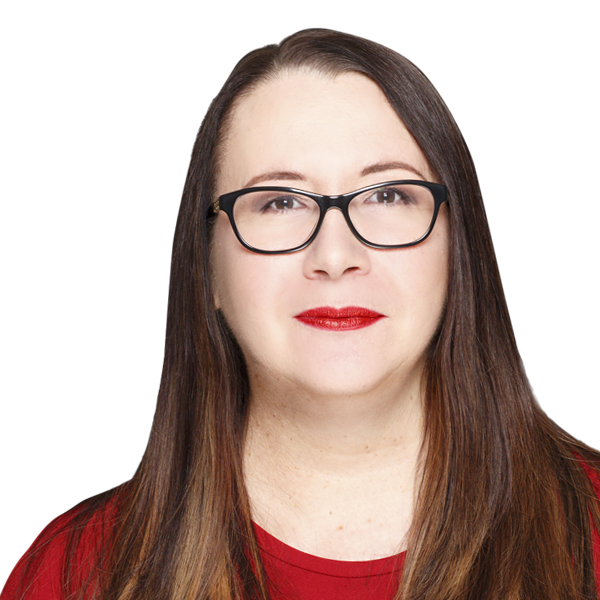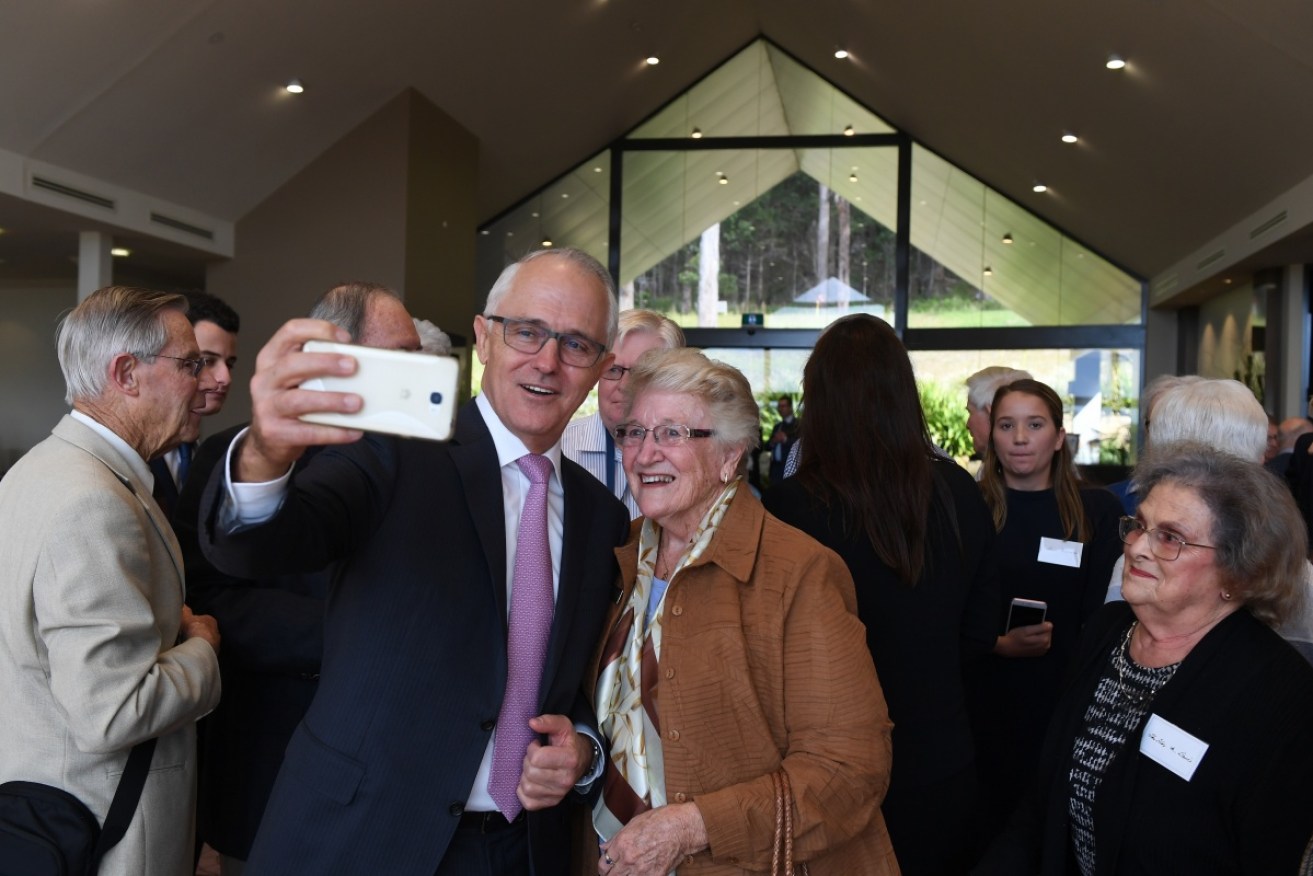Why the government is sitting prettier than you think


The Malcolm Turnbull government are doing better in the opinion polls than you think. Photo: AAP
Reporting on federal politics and opinion polls had a strange omission this week.
That omission goes some way to explaining the Turnbull government’s provocative decision on Thursday to hold five byelections on the same weekend as the Labor Party’s national conference.
Yes, it’s technically correct that the Speaker, not the government of the day, chooses the election date. But given that Speaker Tony Smith was elected as a Liberal and remains a Liberal MP, his independence from the government is limited.
It’s true Mr Smith doesn’t shirk from disciplining his own side when government MPs misbehave in the Parliament. However it’s unlikely he would have chosen that date without realising its political implications.
Coalition MPs have been looking particularly bright-eyed and bushy-tailed since Newspoll recently recorded a shift in the two-party preferred vote that saw the contest between the major parties tighten to 51 to 49, albeit with Labor still in front.
This was the best outcome for the Coalition since its two-party-prefered plummeted not long after the 2016 election.”
Even so, the promising Newspoll result for the Coalition looked to be more about a change in the way the poll notionally allocated its preferences. And Australia’s other major opinion poll, Fairfax’s IPSOS poll, wasn’t detecting a similar shift in the views of its respondents.
But then there is the lesser-known cousin of Newspoll and IPSOS, the Essential poll, now associated with Guardian Australia.
Essential is an established and reputable poll run by a communications group with a strong track record in running campaigns on progressive issues.
This week’s Essential Poll echoed the recent Newspolls, also finding the two party-preferred had tightened to 51 to 49 in Labor’s favour.
But there was little or no mention made of the poll’s other finding: that the Coalition’s primary vote hit 40 per cent for the first time in 19 months (since early October 2016).
Perhaps the lack of coverage was because the shift in primary vote from last week’s Essential poll was only one percentage point, and therefore well within the 3 per cent margin of error.
But it’s a five percentage-point increase in the Coalition’s primary vote since the end of February this year, and a consistently upward trend over that time. Government MPs have been alert to this shift in the wind, and they’ve caught a whiff of election victory.
By suggesting the Coalition’s primary vote has finally hit the 40 per cent threshold, the Essential result has provided an additional psychological boost. That’s because it would be difficult for either major party to win the next federal election without a primary vote at least in the low 40s.
The trick of course will be for the government to sustain this upward trend in its primary vote over the coming months.
Successful passage of the income tax cuts through the Parliament will help, although any gains may be neutralised if the PM and the Treasurer can’t find a compelling message to convince voters about the national economic benefits of company tax cuts.
However, another boost to the Coalition’s vote may come from an unexpected quarter next month. At that time, regulated retail electricity prices will be set by the relevant entities in Queensland, NSW and South Australia.
If electricity retailers pass on recent decreases in wholesale electricity prices to Australian households, as Energy Minister Josh Frydenberg has strongly ‘suggested’ they do, voters may also feel inclined to look favourably on the Coalition for ‘delivering’ personal tax cuts as well as a drop in power prices.
For all its justifiable complaints about the government’s decision to deliberately clash the byelections with its national conference, Labor may also be secretly relieved the event can now quietly be shelved until a more politically amenable time.
The conference was due to deliver all manner of political pain for the Labor leader Bill Shorten, arising from divisive debates between the right and left wings of the party on issues such as offshore detention and the recognition of Palestine.
This weekend’s state conference of the Victorian Labor Party will provide us with a glimpse of the fireworks that will occur at the bigger, more complex national conference. That’s why there’s talk of postponing the national conference until ‘next year’, which is code for ‘after the federal election’.
There would be less grief for right-winger Mr Shorten if he didn’t have to deal with a troublesome left-wing uprising before facing the voters.
One senior member of Mr Shorten’s faction, former Labor minister Stephen Conroy, wasted no time on Thursday once the byelection gazump was known, in declaring that an early federal election was now on the cards and that the conference should be postponed.
Malcolm Turnbull keeps telling the media there are ‘no plans’ for a federal election this year. But of course plans can change.
And a ‘normal’ federal election can be called any time from July 1 this year. If such an election were called before July 28, the byelections would be abandoned and Australia would move straight into a federal election.
Labor’s anger at another such sneaky move could be incendiary. Or would it secretly be relieved to finally face the contest it’s confident of winning?








